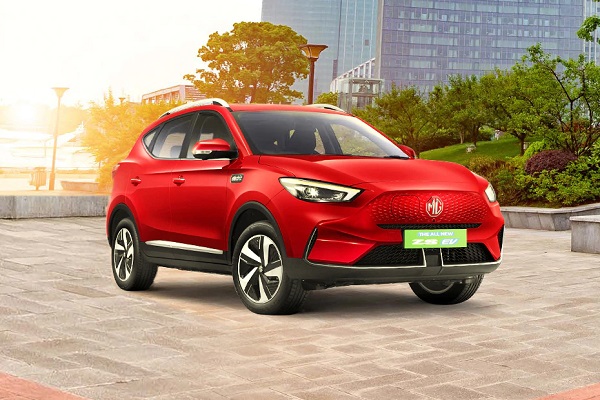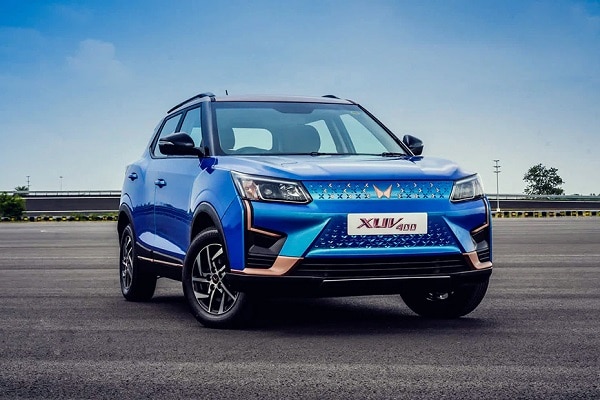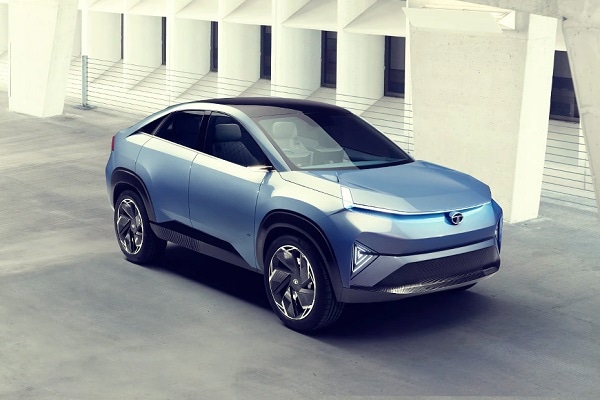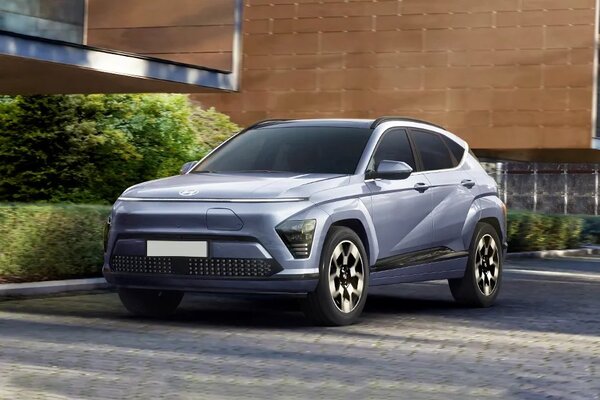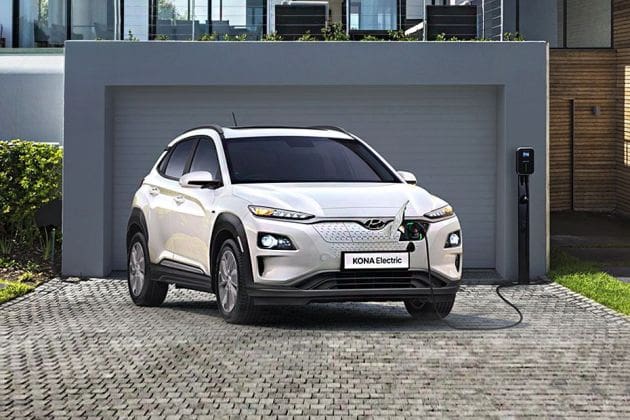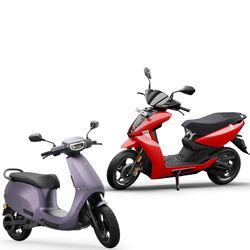How regenerative braking work in electric vehicles: Explained
- Modern regenerative braking systems can recover up to 70 per cent of the kinetic energy during braking, which is otherwise lost.
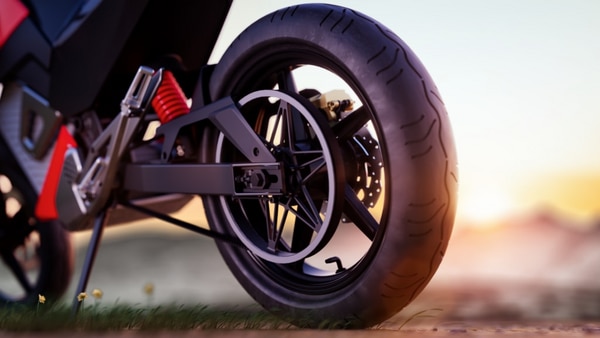

Electric vehicles not only come with significantly lesser components compared to their ICE counterparts but get a host of advanced technologies as well. One of them is regenerative braking. This technology is available in all the electrified cars including both fully electric ones and the hybrids as well.
Also Read : How to change a car tyre without a mechanic
In short, regenerative braking is the technology that captures and stores the energy that is otherwise lost during braking. This energy is used to recharge the electrified vehicle's battery partially.
Also check these Cars
How regenerative braking works
In the case of regenerative braking, some of the kinetic energy is recovered, which would otherwise turn into heat. This recovered kinetic energy is converted into electricity and sent back to the battery pack of the vehicle. In the case of the conventional vehicles' braking, the kinetic energy is wasted. But, during regenerative braking, the kinetic energy is transformed into electricity stored for future use.
In this system, the electric motor drives the wheels during acceleration or cruising. But, during deceleration, the wheels drive the motor. It acts like a two-way energy flow, where the electric motor works as a generator, resisting the rotation of the wheels and creating electricity that recharges the battery pack to some extent. In these cases, the system serves the dual purpose of slowing down the vehicle and recharging the battery for improved efficiency and better range.
When regenerative braking activates
Regenerative braking is activated in two different conditions. When the driver applies the brake and the vehicle starts decelerating. Also, when the driver stops accelerating and the vehicle starts coasting. In both these cases, the technology creates electricity that follows a reverse flow and recharges the battery. In some cases, the latest regenerative braking systems can recover up to 70 per cent of the kinetic energy generated during braking, which is otherwise wasted.
The amount of electricity generated during regenerative braking is proportional to the level of braking force applied. The stronger the braking force, the greater the regenerative braking energy generation. Also, the amount of regenerative braking energy is dependent on the vehicle's speed and the duration of braking.








 40.5 kWh
40.5 kWh 465 km
465 km